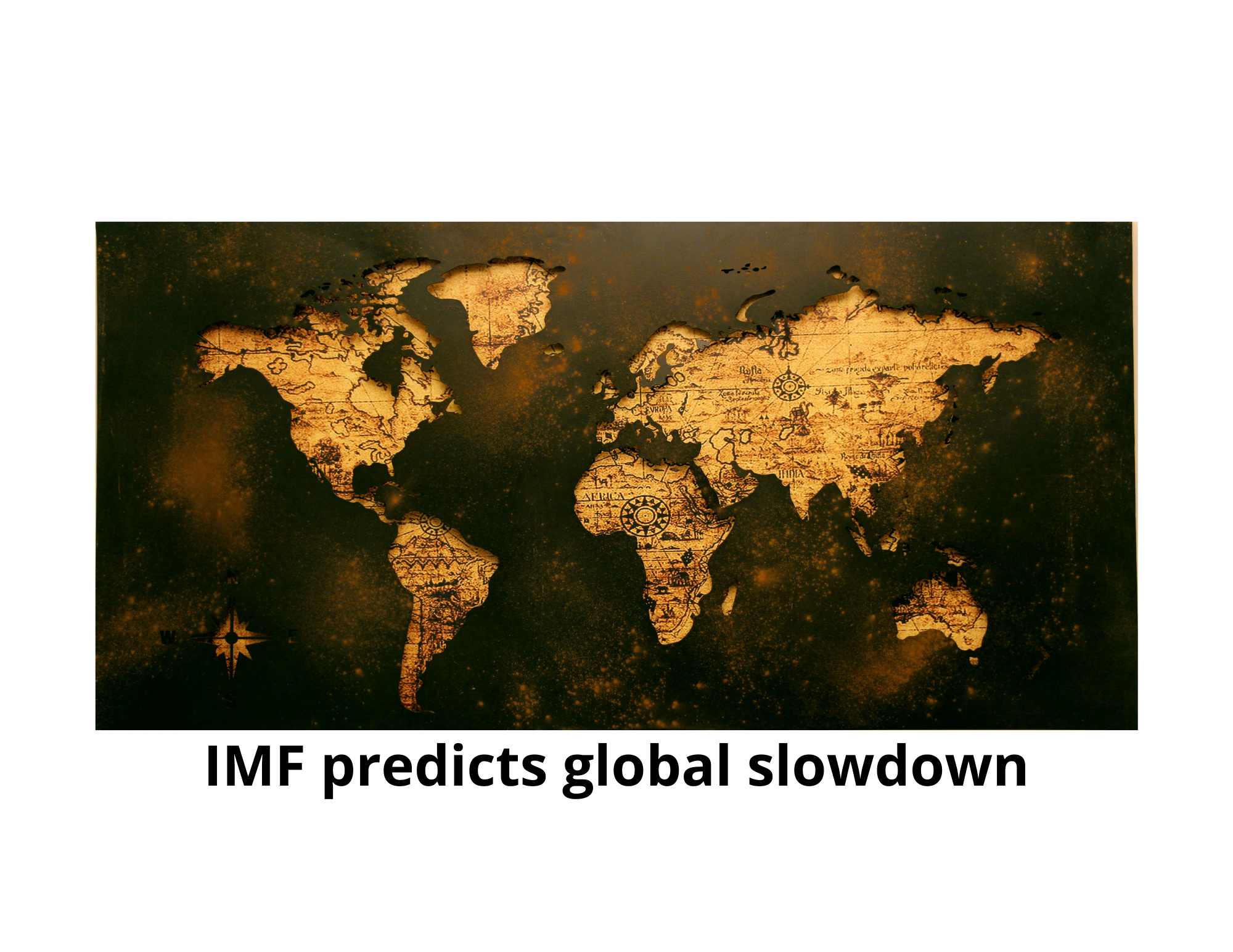IMF projects lower global GDP growth of 3.6% for the next two years
IMF’s World Economic Outlook report published on April 19, 2022 has predicted a drop in the GDP growth of the world economies in the years 2022 and 2023 to 3.6%. This downward revision is from their previous estimate of 6.1%, largely because of the war in Ukraine. IMF publishes this report twice every year.
Below is the chart from IMF showing these growth projections by region. These projections are for real GDP growth and not nominal GDP growth. As changes in real GDP are the most popular indicator of a country’s overall economic condition. If you want to know more about the US GDP and its components, please click here.

Countries, like the United States, the EU, Japan, the UK, Canada, and other advanced countries are projected to grow on an average of 3.3% in 2022 and only 2.4% in 2023.
The emerging market and developing countries such as India are projected to grow at 8.2% in 2022 and 6.9% in 2023. Whereas because of the lockdown in Shanghai, China, the projected growth is slightly lower at 4.4% in 2022 and it is expected to be 5.1% in 2023, as the lockdowns are eased.
As expected, there is a severe double-digit drop (-35%) in GDP projection for Ukraine in 2022. They also project a contraction for Russia due to sanctions and European countries’ decisions to reduce energy imports. The war has also severely impacted emerging and developing Europe, which shares proximity to the war area with an expected fall of 2.9% in their real GDP in 2022. There is a hope of some recovery in 2023 with GDP growth returning to 1.3%. Russia will see a GDP growth of -8.5% in 2022 and -2.3% in 2023.
The two charts below show the GDP growth comparison in some major countries of the world after the start of the global pandemic. The first chart shows the performance in the years 2020 and 21.


Sadly, the war just doesn’t affect the countries directly involved, its economic costs and implications are widespread. Through commodity markets, trade, and to some extent financial interlinkages of the countries, the war can indirectly affect so many more countries.
Globally we are seeing rise in fuel and food prices since late 2021. The fear of War is aggravating high inflation problem even further. Unfortunately, the world’s poor population, particularly in low-income countries is getting the most impacted by this. To know more about inflation, please click here.
Many leading economists propose mutual efforts by countries to respond to the war crisis and prevent further economic fragmentation. At the same time, it is important to manage the debt problem, tackle climate change and end the pandemic to bring back economic growth.
Fighting inflation without slowing down the economy is the toughest challenge many central banks are facing currently. To know more about monetary policy and the role of a central bank, in controlling inflation, please click here.

